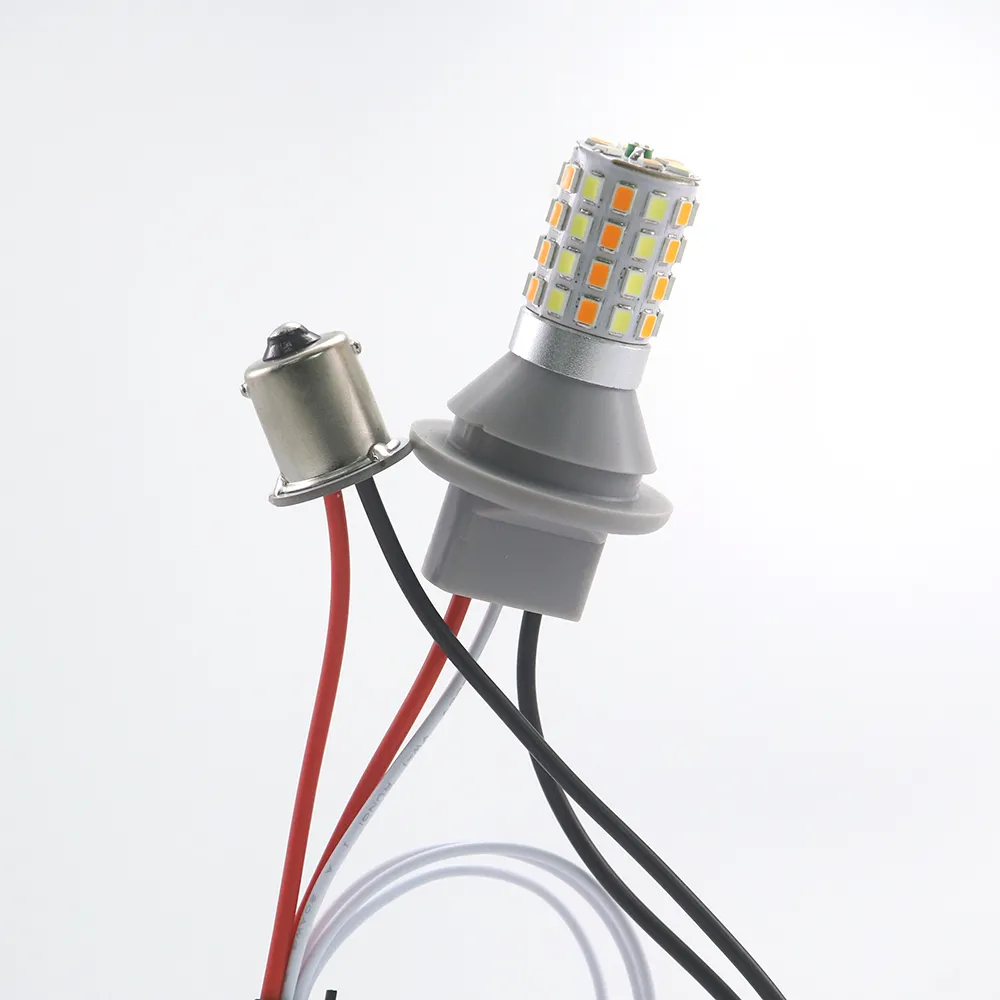What Materials Are Used in LED Encapsulation?
When you think about LED lights, the bright glow and energy efficiency come to mind. But have you ever considered what keeps those delicate components safe? That’s where LED encapsulation comes into play! In this blog post, we’ll dive into the materials used in LED encapsulation, exploring their benefits and real-world applications. Let’s illuminate this topic together!
What Is LED Encapsulation?
Before we jump into the materials, let’s clarify what LED encapsulation is. It’s essentially a protective layer that surrounds the LED chip. This layer serves multiple purposes: it protects the LED from environmental factors, enhances light output, and ensures the longevity of the light source. So, what materials make this encapsulation effective?
Common Materials Used in LED Encapsulation
1. Epoxy Resins
Epoxy resins are one of the most popular materials for LED encapsulation. Why? Well, they’re incredibly durable and provide excellent protection against moisture and dust. This is crucial because even a tiny amount of moisture can severely damage LED components.
Benefits: Epoxy resins are not only tough but also transparent, allowing maximum light transmission. They can withstand high temperatures, making them ideal for various applications, from home lighting to industrial use.
2. Silicone Compounds
Silicone is another fantastic material used in LED encapsulation. It offers flexibility and resilience, making it a great choice for environments where temperature fluctuations occur.
Benefits: Silicone compounds can endure extreme temperatures—from freezing cold to scorching heat—without losing their protective qualities. This makes them perfect for outdoor LED applications, like street lighting or garden lights, ensuring they remain functional no matter the weather.
3. Polyurethane
Polyurethane is a less common but still valuable material in LED encapsulation. It’s known for its elasticity and durability.
Benefits: One of the standout features of polyurethane is its ability to resist yellowing over time, which helps maintain the aesthetic appeal of LED lights. This is particularly beneficial in decorative lighting where appearance is key.
Real-World Applications and Examples
Let’s put these materials into context. Consider a city that has invested in LED street lights. The encapsulation materials used in these lights are vital for their performance and lifespan. For instance, the use of silicone compounds allows these lights to operate efficiently, even in heavy rain or snow.
Additional resources:Top Trends for ODM Hotel LED Wall Light Designer 2024
How to Choose Waterproof Ceiling Light Wholesale?
What are the benefits of sky panel ceiling lights?
Illuminate Your Space: Tackling Dark Areas with Radar UFO High Bay Lights
What Are Shape LED Bulbs and Their Benefits?
Industrial High Bay Lighting Solutions: LED vs. Traditional Bulbs
UFO LED High Bay Lights vs Traditional Lighting: Which Wins?
Did you know that studies show properly encapsulated LEDs can last up to 50,000 hours? That’s a significant reduction in maintenance costs and waste, making LED technology a sustainable choice for cities and businesses alike.
Innovations in LED Encapsulation
The world of LED encapsulation is continuously evolving. New materials and technologies are emerging, focusing on improving efficiency and sustainability. For instance, researchers are exploring bio-based encapsulation materials that reduce environmental impact while maintaining high performance.
Future Trends: Enhanced Durability and Sustainability
As we look ahead, advancements in encapsulation materials will likely emphasize sustainability. With increasing pressure to reduce waste, innovations in recyclable and biodegradable materials are gaining traction. This aligns perfectly with the global push towards more eco-friendly technologies.
User-Centric Benefits
Now, let’s talk about how these materials impact you, the consumer. Whether you’re using LED lights in your home or managing large-scale commercial lighting, the encapsulation materials play a crucial role in performance and safety. High-quality encapsulation means fewer replacements, lower energy costs, and a brighter, more reliable light source.
Moreover, if you’re an environmental advocate, choosing LEDs with sustainable encapsulation materials aligns with your values. It’s not just about light; it’s about making responsible choices that benefit our planet.
Conclusion: The Bright Future of LED Encapsulation
In summary, the materials used in LED encapsulation—like epoxy resins, silicone compounds, and polyurethane—are essential for ensuring the efficiency, longevity, and sustainability of LED technology. As innovations continue to emerge, we can look forward to even more advancements that will enhance our lighting experiences while keeping environmental considerations in mind.
So, the next time you flip on that LED light, remember the sophisticated materials working behind the scenes to keep it shining bright!
How to Choose a Wholesale Hotel LED Wall Light Factory?
Essential Guide to LED Tri Proof Lights in 2025
Are T8 Lamp Fixtures Worth the Investment for Energy Efficiency?
Top Wholesale Round Ceiling Lights for Homes
Are Wall Lights the Key to Cozy Balconies?
Top Tips for Choosing a Wholesale Hotel LED Wall Light Supplier
What Are the Benefits of Suspended Tri Proof Lights?



Comments
0